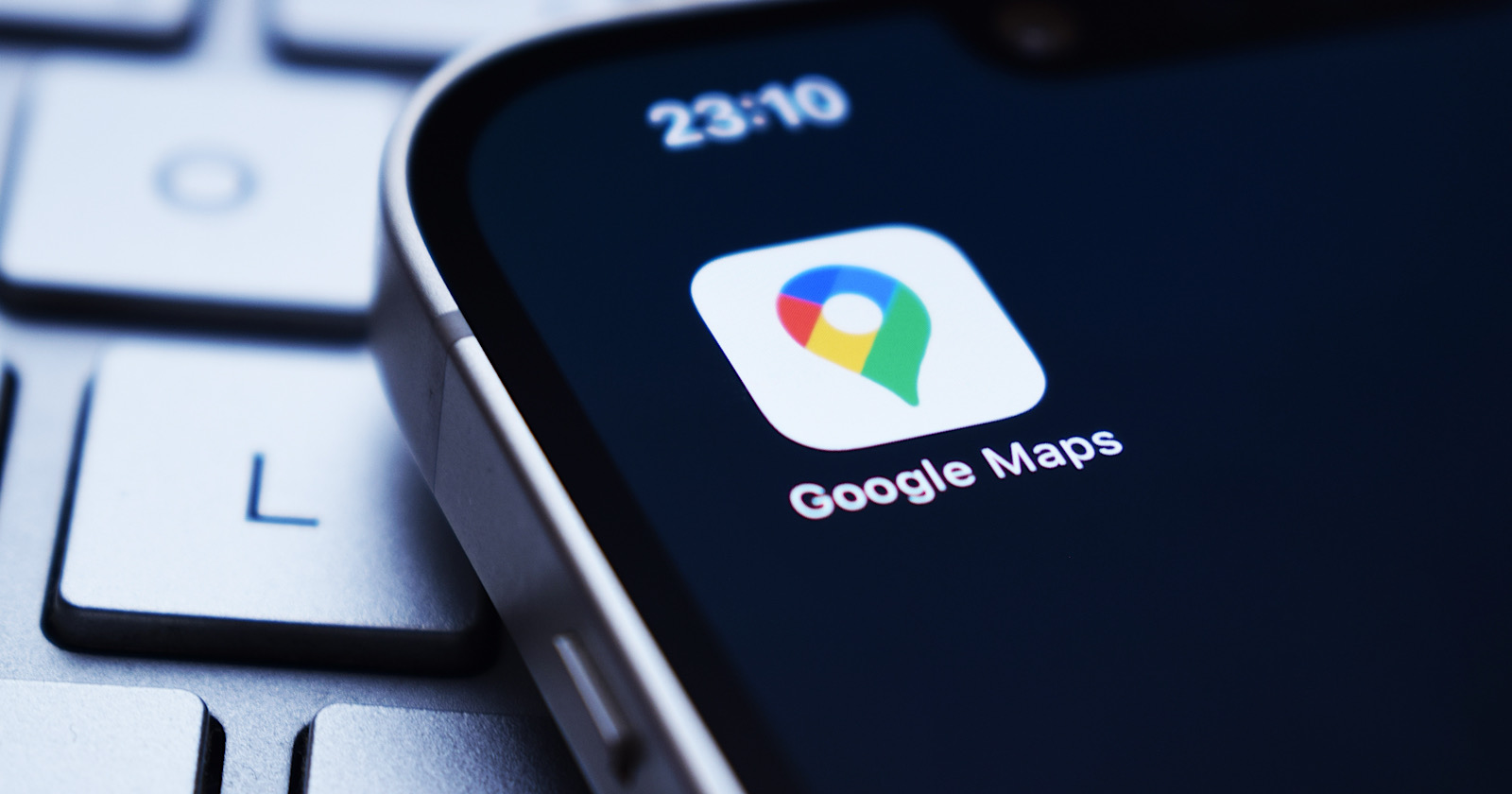New research shows that map platforms have become key search engines for local businesses.
One in five consumers now searches directly in map apps instead of traditional search engines.
BrightLocal’s Consumer Search Behavior study found that Google, Apple, and Bing Maps make up 20% of all local searches.
This is a big part of search traffic that many marketers might be missing in their local SEO plans.
The Rise of Map-First Search Behavior
The research found that 15% of consumers use Google Maps as their first choice for local searches. This makes it the second most popular platform after Google Search (45%).
The study reads:
“Another significant finding is the prominence of Google Maps in local search. 15% of consumers said they would use Google Maps as their first port of call, meaning they are searching local terms—which could be brand or non-brand terms—directly in Google Maps.”
It continues:
“Google Maps, Apple Maps, and Bing Maps combined make up 20% of default local search platforms. This reinforces the importance of ensuring you’re optimizing for both map packs and organic search listings. You might have a strong presence in the SERPs, but if consumers are looking for businesses like yours on a map search, you need to ensure you’re going to be found there, too.”
This change shows that consumers favor visual, location-based searches for local businesses, especially when making spontaneous decisions.
Generational Differences in Map Usage
Different age groups use map platforms at different rates:
- Eighteen percent of Gen Z consumers use Google Maps as their primary local search tool, which is three percentage points higher than the average.
- 21% of Millennials use Google Maps as their default local search platform.
- 5% of Millennials prefer Apple Maps as their primary local search option.
- Younger consumers appear to be more comfortable using maps to discover local businesses. This might be because they’re used to doing everything on mobile devices.
What Consumers Look for in Map Results
The study found key information that drives consumer decisions when using maps:
- 85% of consumers say contact information and opening hours are “important” or “very important”
- 46% rate business contact information as “very important”
- Nearly half (49%) of consumers “often” or “always” plan their route to a business after searching
Map-based searches have high potential to convert browsers into customers, the report notes:
“Almost half of consumers (49%) said that they ‘often’ or ‘always’ go on to plan their travel route to the chosen business. This suggests two things: one, how quickly consumers seem to be making their decisions, and two, that consumers are conducting local business research with the aim of visiting in the very near future.”
SEO Implications for Local Businesses
For SEO pros and local marketers, these findings highlight several actions to take:
- Prioritize optimizing map listings beyond your Google Business Profile.
- Ensure accuracy across all map platforms, not just Google.
- Focus on complete business information, especially contact details and hours.
- Monitor the “justifications” in map results, which can be sourced from your business information, reviews, and website.
- Treat maps as a primary search channel rather than an afterthought.
BrightLocal highlights:
“So, don’t lose out to potential customers by not having a correct address, phone number, or email address listed on your platforms—and be sure to check your opening hours are up to date.”
Looking Ahead
Map platforms are evolving from simple navigation tools into search engines that drive sales and revenue.
If you treat map listings as an afterthought, you risk missing many motivated, ready-to-buy consumers.
As search continues to fragment across platforms, investing specific resources in optimizing your map presence, beyond standard local SEO, is increasingly essential for businesses that rely on local traffic.
Featured Image: miss.cabul/Shutterstock





![We Figured Out How AI Overviews Work [& Built A Tool To Prove It]](https://www.searchenginejournal.com/wp-content/uploads/2025/04/sidebar1x-185.png)